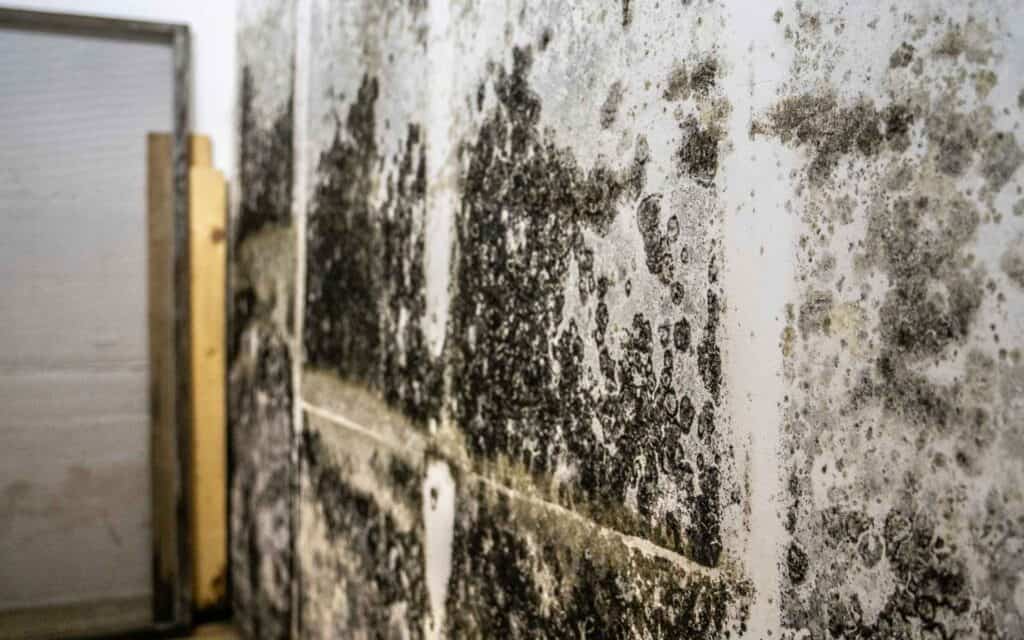Mold is a common problem that many homeowners face. It not only affects the aesthetic appeal of a house but can also have adverse effects on indoor air quality and overall health.
In this blog post, we will explore, whether can air purifiers help with mold, understand what mold is and how it forms in homes, and discuss the best ways to get rid of mold from your house.
What is Mold?
Mold is a type of fungus that grows in damp and humid environments. It reproduces by releasing tiny spores into the air, which can settle and grow on various surfaces.

Mold can come in different colors, including black, green, or white, and may have a fuzzy or slimy appearance.
How Does Mold Form in Houses?
Mold requires moisture to grow, so it tends to develop in areas with high humidity, water leaks, or inadequate ventilation.
Common areas where mold can form in houses include bathrooms, basements, kitchens, and areas affected by water damage.
Mold can grow on walls, ceilings, carpets, furniture, and other surfaces that provide suitable conditions for its growth.
Can Air Purifiers Help with Mold?
Air purifiers can be beneficial in reducing mold spores in the air, but they are not a complete solution for mold remediation.
Air purifiers equipped with HEPA (High-Efficiency Particulate Air) filters can capture and trap mold spores, preventing them from circulating in the air.
This can help improve indoor air quality and reduce the risk of mold-related health issues.
However, it is important to note that air purifiers alone cannot eliminate mold growth or address the root cause of the problem.
To effectively deal with mold, it is necessary to identify and fix the source of moisture, remove the existing mold, and take preventive measures to avoid future mold growth.
Best Ways to Get Rid of Mold from Your House
Identify and Fix Moisture Sources: Start by identifying any areas in your house that are prone to moisture buildup or water leaks.
Common culprits include leaky pipes, roof leaks, or poor ventilation. Fixing these issues is crucial to prevent mold from recurring.
Remove Mold-Infested Materials: If you discover mold growth on surfaces such as walls, ceilings, or carpets, it is important to remove and dispose of the affected materials properly. Wear protective gear, such as gloves and a mask, to avoid direct contact with mold spores.
Clean and Disinfect: Thoroughly clean the affected areas using a mixture of water and detergent or a specialized mold cleaner.
Buy Mold Cleaner at Best Price Available
Scrub the surfaces to remove visible mold, and then disinfect the area with a solution of bleach and water to kill any remaining mold spores.
Improve Ventilation: Proper ventilation is essential to prevent mold growth. Ensure that bathrooms, kitchens, and other areas prone to moisture have adequate ventilation, such as exhaust fans or open windows. This helps to reduce humidity levels and promote air circulation.
Use Dehumidifiers: In areas with high humidity, using dehumidifiers can help to maintain optimal moisture levels and discourage mold growth.
Buy Dehumidifiers at the Best Price Available
Dehumidifiers extract excess moisture from the air, making the environment less favorable for mold.
Regular Cleaning and Maintenance: Regularly clean and inspect your house to identify any signs of mold growth or moisture issues. Promptly address any problems to prevent mold from spreading and causing further damage.